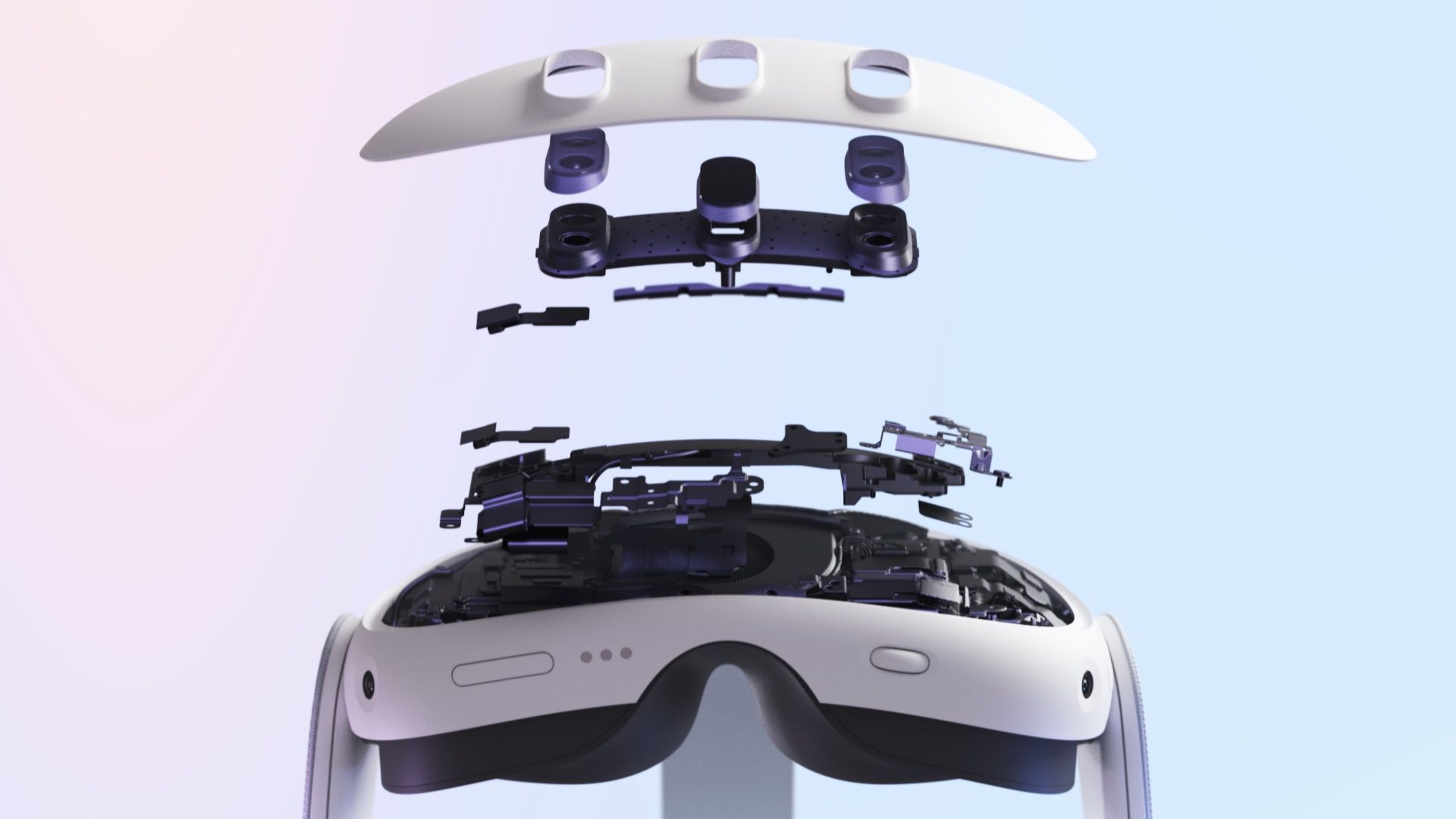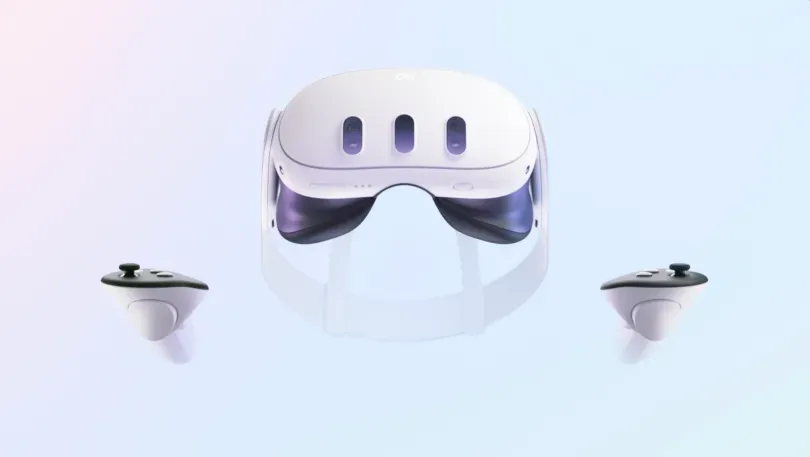Meta Quest 3 is shipping now, but is 128GB storage enough for the new VR headset? Let’s take a look.
The first choice any early adopter must consider is storage. Quest 3 offers two options at launch – 128GB base model for $500 or $650 for a higher storage 512GB model. We’ve detailed our full thoughts in our Quest 3 review below and for anyone on a tighter budget, you might be debating the cheaper option. But how far does that take you?

Let’s begin by breaking down usable storage. 128GB and 512GB is what’s advertised, but usable storage is a different matter. Quest 3 system software takes up 26GB on both headsets, a considerable chunk that leaves you with 486GB on the higher-end option and just 102GB on the lower-end.
Naturally, how much space you’ll need depends on the games you’re after. Many notable Quest 2 games don’t require more than 2-3GB like Among Us VR (746MB), Beat Saber (1.45GB), Blade and Sorcery: Nomad (2.35GB) or Rez Infinite (682MB), but several games use considerably more space.
You may recall that when Quest 2 launched it initially offered a 64GB and 256GB model, before retiring the former for 128GB. The 64GB option only had 52.7GB usable storage, which effectively meant you had to uninstall almost everything else to play Medal of Honor: Above and Beyond with its 43GB install size. GRID Legends wasn’t much better at 31GB.
Those are two of the biggest outliers, sure, but this quickly adds up when factoring in other games like Iron Man VR (9.7GB) or Walking Dead: Saints and Sinners Chapter 1 (6.8GB) and Chapter 2 (12.61GB). With Meta promising a 60-hour campaign, we’d expect Asgard’s Wrath 2 – which every early Quest 3 adopter will receive for free if you buy a headset before January 27, 2024 – to be another hefty download. For comparison, the original game on PC VR was 121GB.
Just because games are currently at these sizes doesn’t mean they won’t increase. Over 50 titles are getting Quest 3 upgrades like Red Matter 2, Saints and Sinners and Guardians Frontline. These improvements will naturally increase file sizes, though the extent will vary. Windlands 2 only has a 0.76MB increase, while Red Matter 2 jumps from 5.6GB to 9.1GB size. This holds additional implications for Quest 2 users, which we’ve covered in a separate article.
There’s plenty to consider and, with that, we come back to the original question; is 128GB storage enough?
Is the Meta Quest 3 512 GB model worth it?
The answer depends on how you’re going to end up using Meta Quest 3.
Every Quest 2 game is playable through backwards compatibility, but not every title is getting a Quest 3 upgrade so many of those low file sizes won’t change. Not everyone has $150 spare, of course, but if you’re thinking of subscribing to Quest+, early 512GB headset purchases include a six-month trial. It normally costs $8 per month and that’s before we consider the individual cost of the two monthly games.
That said, Quest games are gradually getting larger and if you want the most expansive games Meta’s headset can offer, 102GB of usable storage likely won’t be enough. Deleting and reinstalling games is always an option but if you don’t have fast internet, that isn’t always convenient. Ultimately, this isn’t a one-size-fits-all situation. If you think it’s possible you’ll need the space, you probably will and we’d recommend opting for 512GB.
Interested to know more about Quest 3? Check out our full specs comparison below:

–






